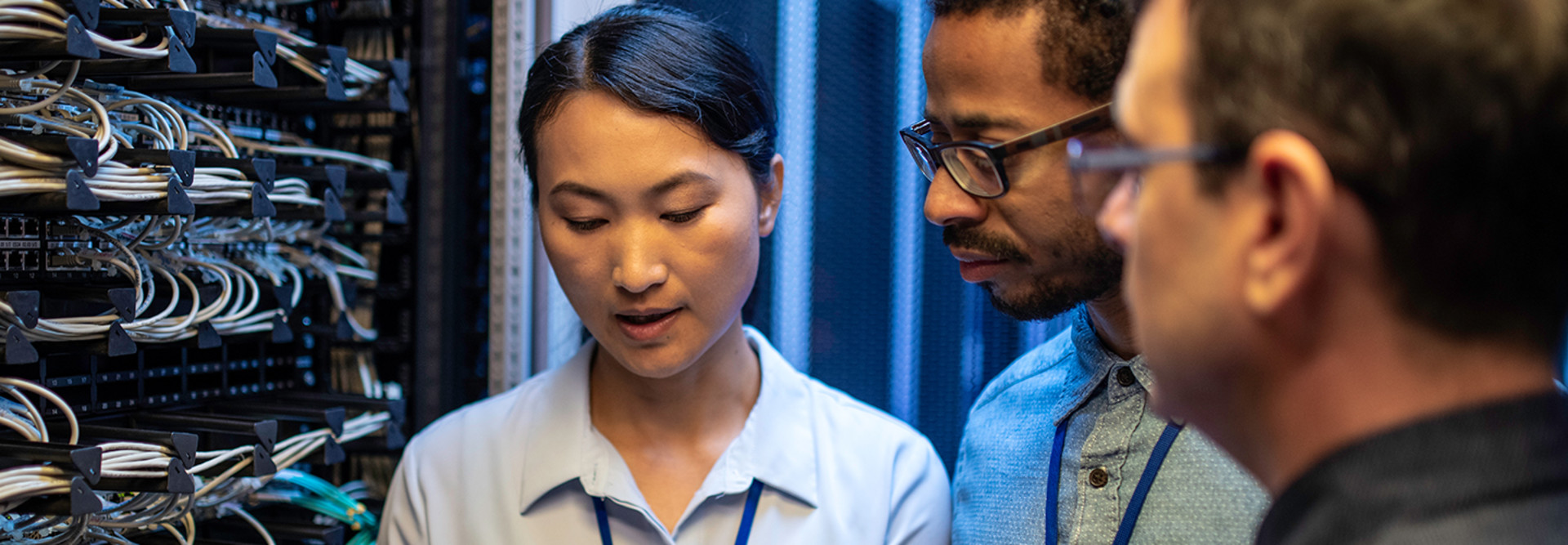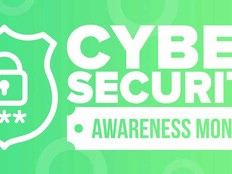Diversity Is a Priority in the Cybersecurity Pipeline
Statistics about women in the cybersecurity workforce can vary depending on the data source, according to a New America report. However, the gender gap itself is only part of a more complex problem.
At nearly every level of the cybersecurity workforce, women are paid less than their male counterparts. More than half (51 percent) had experienced discrimination, while only 15 percent of men said the same, the report states.
Easterly’s speech comes as nearly 600,000 U.S. cybersecurity jobs sit empty, even as President Joe Biden has urged companies to “harden your cyber defenses immediately” in response to growing Russian threats, Bloomberg reports.
“The cyber threat landscape is getting more complex, more dynamic, and more dangerous every day,” Easterly said.
LEARN MORE: Federal agencies are training workers to be more data-literate.
Yet in a field that seeks to eradicate vulnerabilities, promote zero trust and work with artificial intelligence, Easterly joked she’s trying to do the opposite at CISA by creating a culture built on vulnerability, trust and emotional intelligence.
One of her top priorities as CISA’s director is to build a diverse pipeline of workers, so that women and girls everywhere can see themselves in cyber and at CISA, more specifically.
“We’ve been building an organization that recognizes that attracting and retaining incredible talent requires us to create an environment of psychological safety where everyone feels valued and empowered and always treated with dignity and respect,” she said.
“We’re creating a culture that recognizes the importance of not just welcoming diversity but truly, truly celebrating it. Because diversity — neurodiversity, diversity of gender identity, sexual orientation, of race, of national origin, of age, of background — that all equals diversity of thought and that makes us better problem solvers, better puzzle solvers.”
Partnerships Provide More Learning Experiences for Future Coders
Last year, CISA announced a partnership with Girls Who Code, an international nonprofit organization teaching coding skills to school-aged girls. The partnership seeks to tackle disparities in diversity by raising awareness of careers in technology and cybersecurity and working with employers in the industry to build pathways for young women — and especially young women of color — to get hands-on job experience.
“At Girls Who Code, we imagine a world where our computer science classrooms are as diverse as our communities,” Girls Who Code CEO Tarika Barrett said in a news release. “This partnership with CISA is a strong step in making that future a reality."
EXPLORE: The large gender gap in local government leadership.
The Department of Homeland Security, CISA’s parent agency, was also a partner of the 2021 Girl Scout Cyber Awareness Challenge, which offered girls in grades six through 12 opportunities to learn about cybersecurity, practice key concepts and demonstrate learned knowledge and skills.
One of the goals of the challenge, launched in August, was to “help develop the next generation of diverse cybersecurity talent and strengthen our nation’s cybersecurity resilience,” according to a news release.
Easterly said at WiCyS that her “ambitious” goal is to see women make up 50 percent of the population in the cybersecurity industry by 2030.
“Without more women in our field, we know we are missing out on incredible talent,” she said. “I have seen the future of cybersecurity, and sisters, it is us.”











